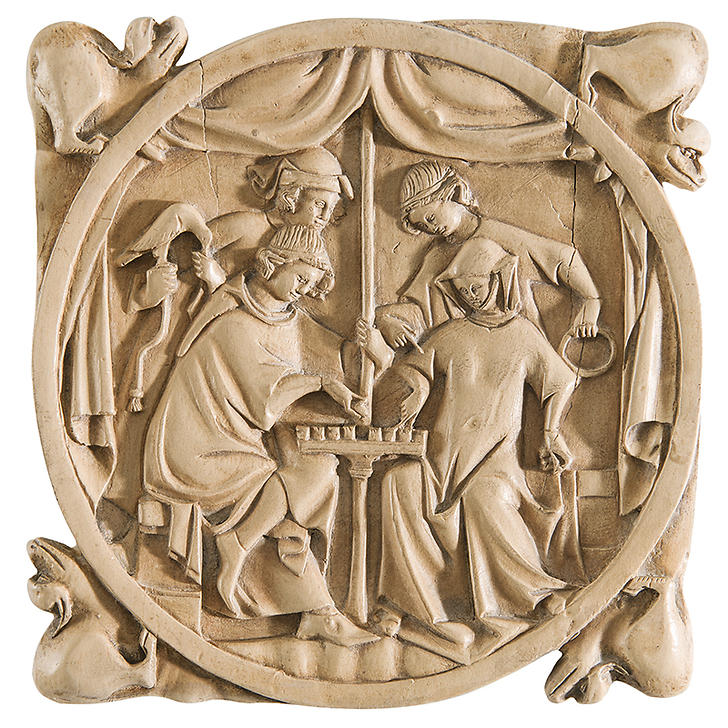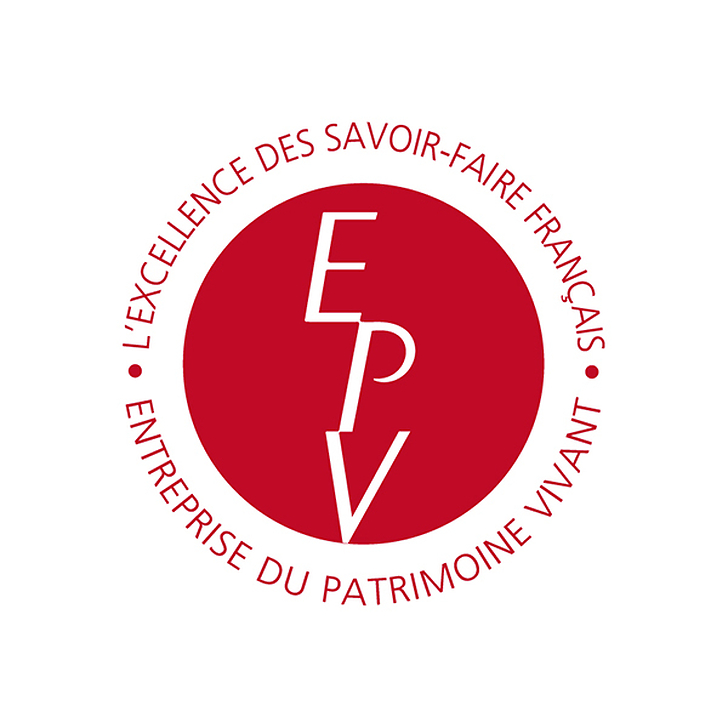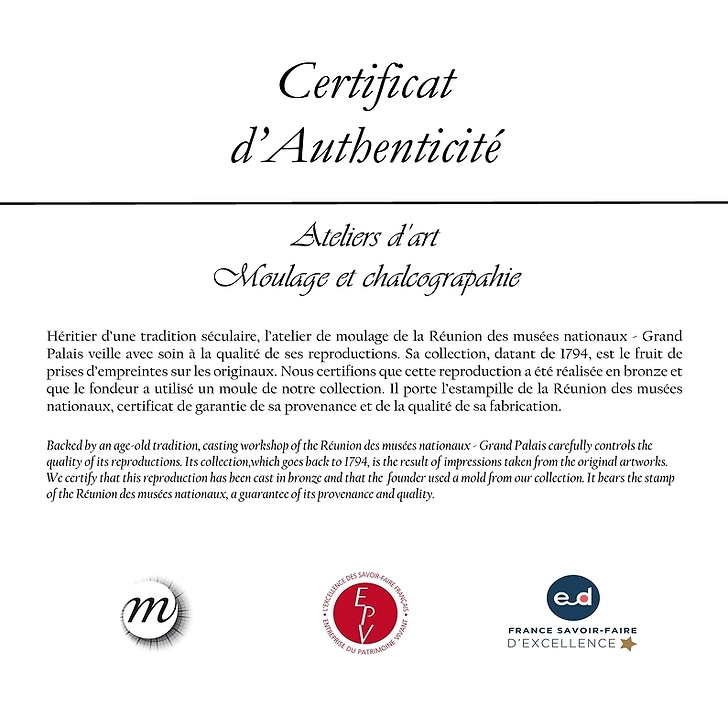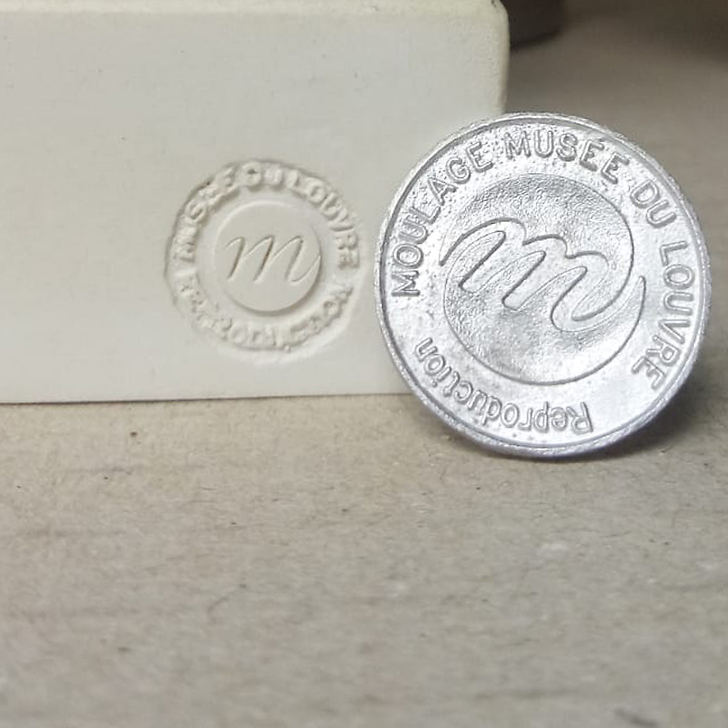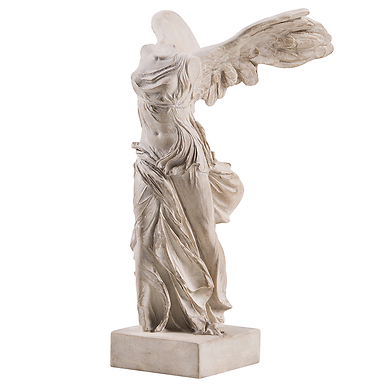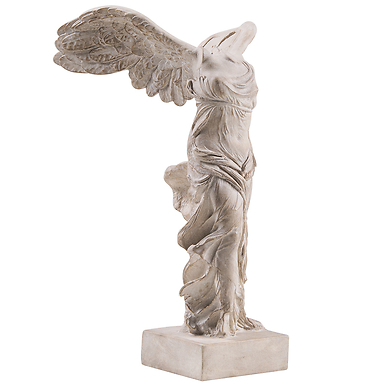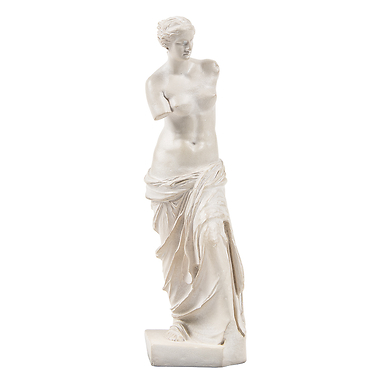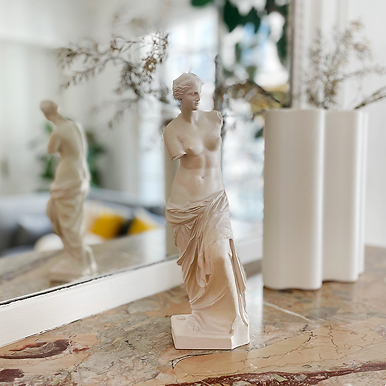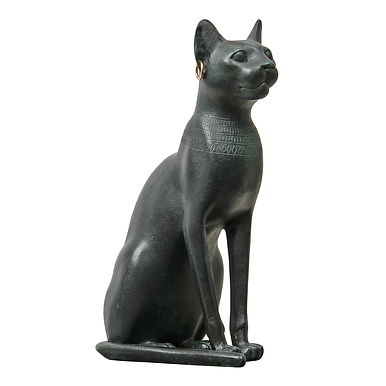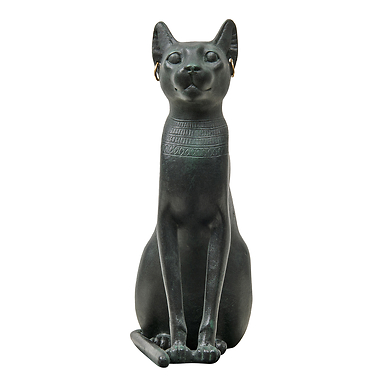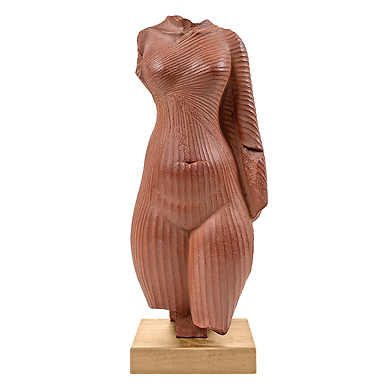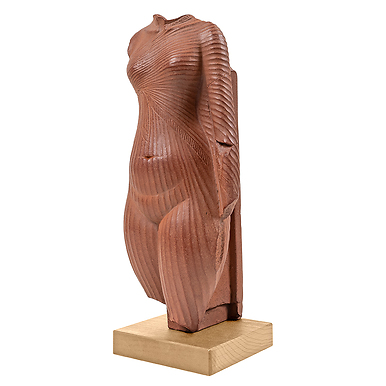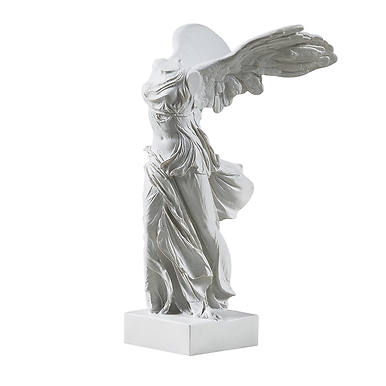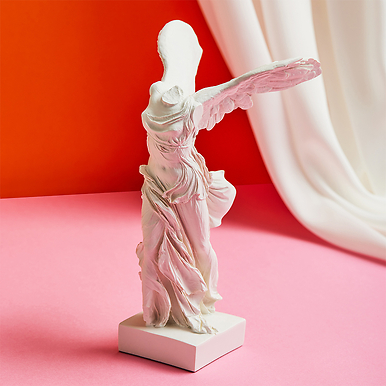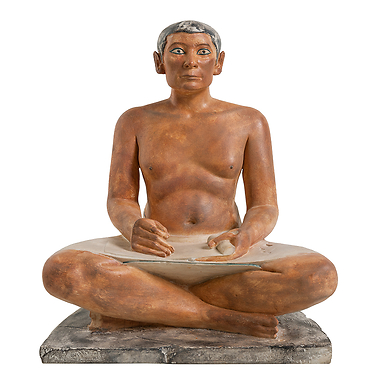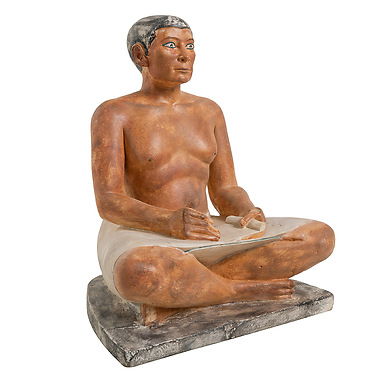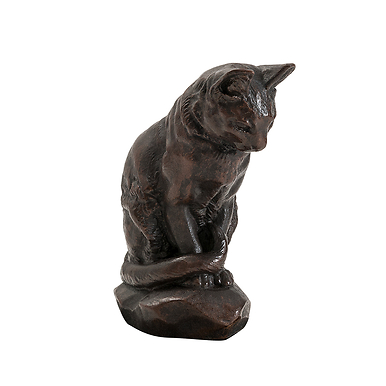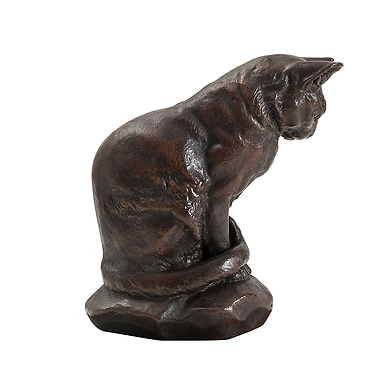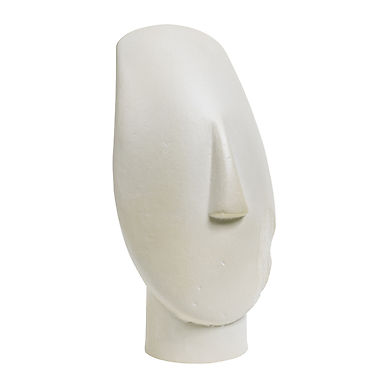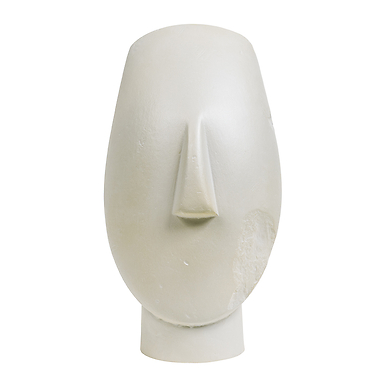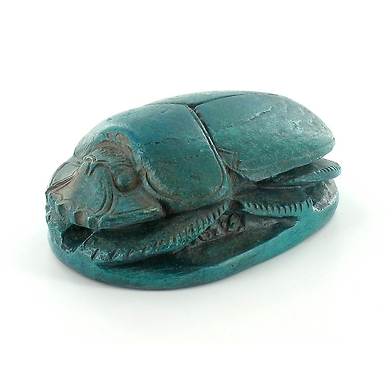Sculpture Mirror case Chess game
RF004832
The mirror case depicting a chess game in the Louvre is the perfect quintessence of French courtly art around 1300. The composition is based on a chessboard and the interplay of the hands of three figures pointing to the chessmen. The scene is set under a tent with raised curtains to reveal a seated...
Read more
The mirror case depicting a chess game in the Louvre is the perfect quintessence of French courtly art around 1300. The composition is based on a chessboard and the interplay of the hands of three figures pointing to the chessmen. The scene is set under a tent with raised curtains to reveal a seated young man, legs crossed to symbolise of power, gripping the supporting post of the tent with one hand and picking one of the chess pieces with the other. Opposite him is a young woman wearing a hennin under her veil, the high cone-shaped headdress so much decried by preachers in the Middle Ages.
She is pointing to a chess piece with her finger and holding another two in her other hand, perhaps with the intention of cheating. The servant behind her, holding a crown, is suggesting a strategy. A pageboy stands behind the young man, a falcon in his fist. Four dragons frame this carefully crafted object, with its minute faces, the fine lines of the open eyes and the soft drapery.
The theme of chess is frequently found on mirror cases, although examples with four figures are quite rare. This example may be an allusion to a scene from the book by Huon of Bordeaux, or more likely, from Tristan and Isolde, if it is compared with an enamel from the treasure of Louis d'Anjou, described in 1379-1380, in which Tristan and Isolde play chess under a tent. But other descriptions in the same inventory refer to scenes of chess games without identifying the players.
In this case, it may simply be a representation of the game played by members of the aristocracy, many of whom were the patrons of ivory carvers. Unlike the game of dice, the symbol of wild and debauched love, chess represents courtly love with its precise rules. However, as indicated by the crown held by the servant (an omen of the impending "dethroning" of the Lover), it is definitely not a symbol of platonic love.
Reproduction in resin with patina
Close
Sold by GrandPalaisRmn

